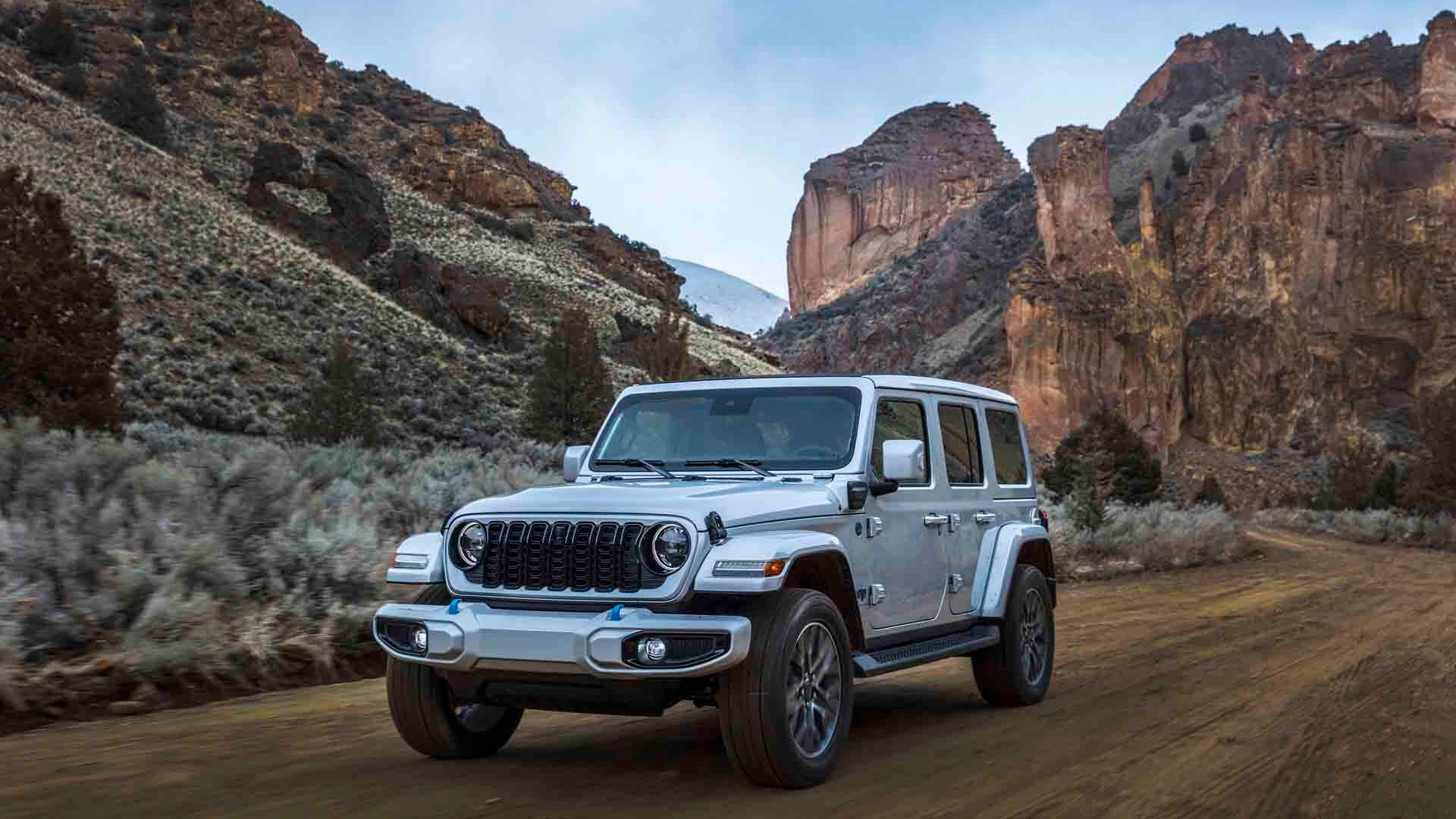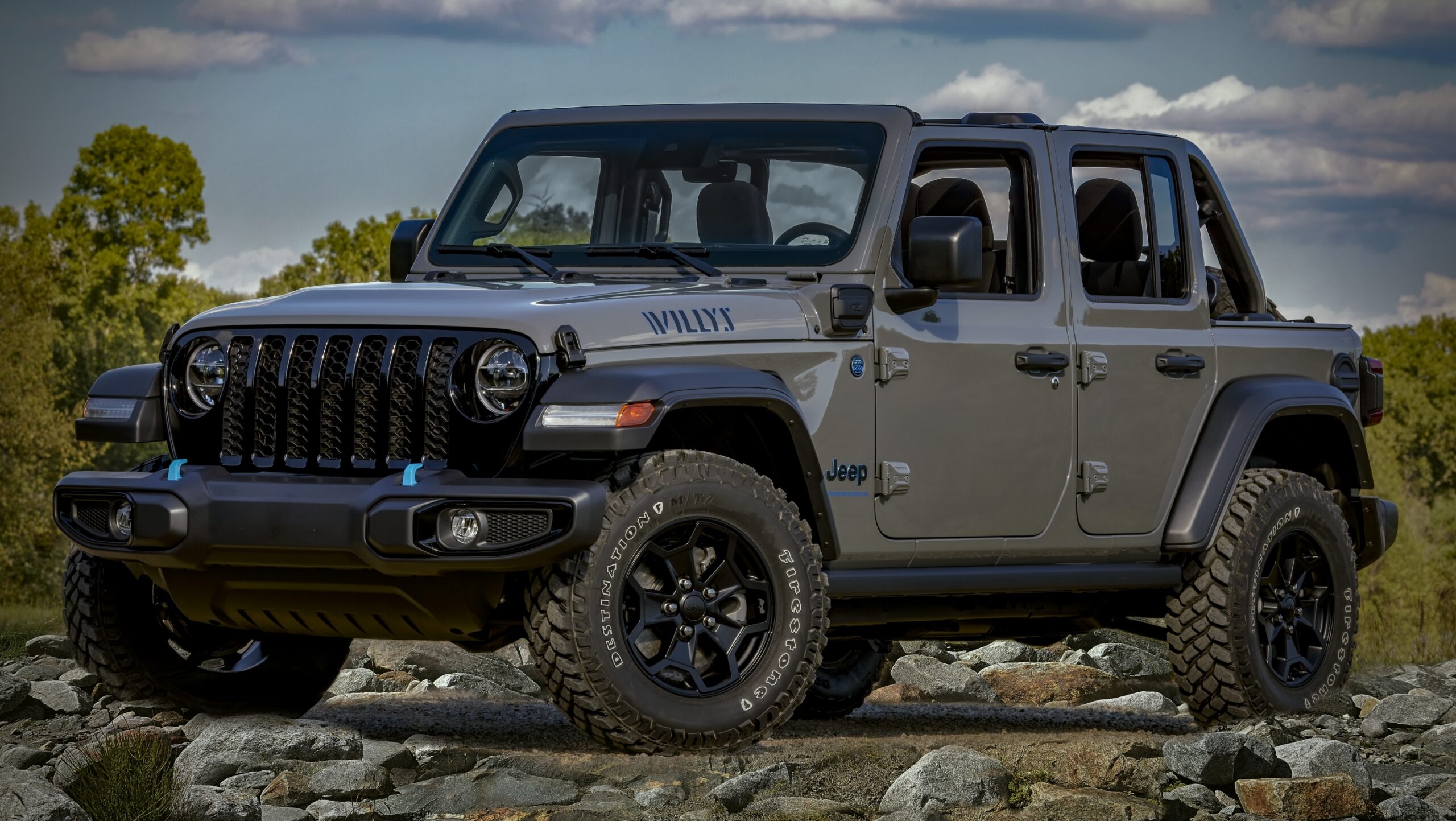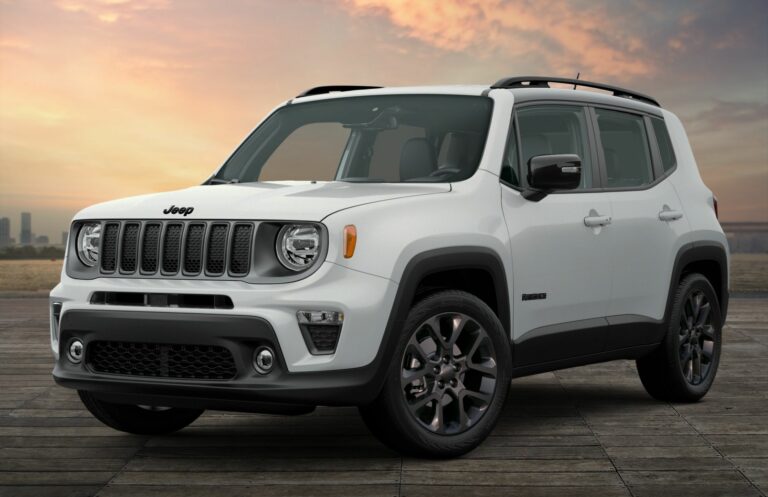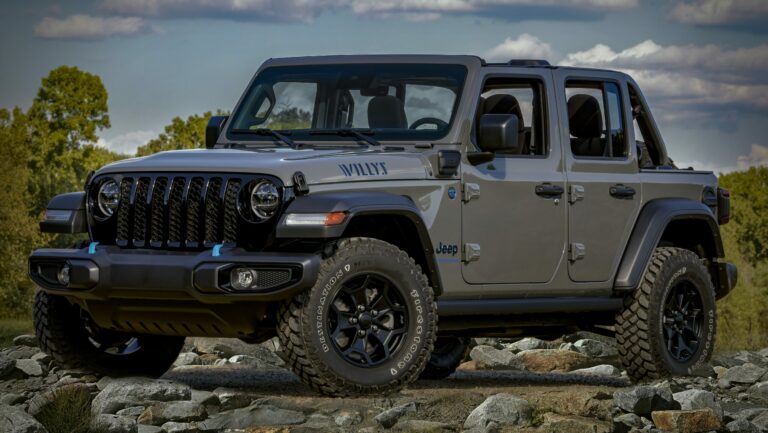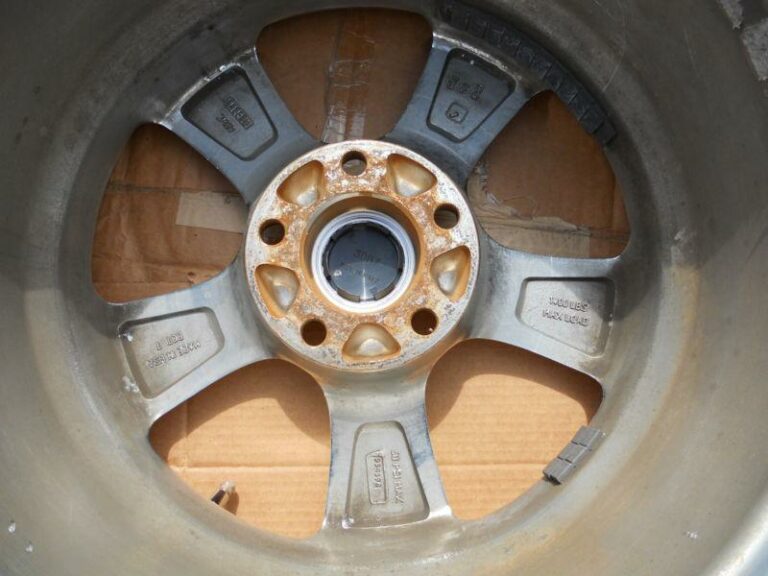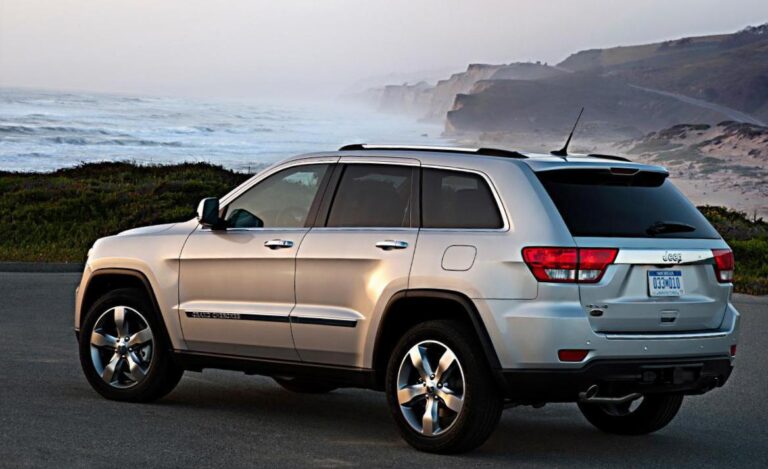Jeep Dana 60 Axles For Sale: Unlocking Your Jeep’s Ultimate Potential
Jeep Dana 60 Axles For Sale: Unlocking Your Jeep’s Ultimate Potential jeeps.truckstrend.com
For serious off-road enthusiasts and Jeep builders, the mention of "Dana 60" conjures images of unyielding strength, legendary durability, and the ultimate upgrade for tackling the most brutal terrains. When you see "Jeep Dana 60 Axles For Sale," it’s more than just an advertisement for a part; it’s an invitation to elevate your vehicle’s capabilities to a level where broken driveline components become a distant memory. This comprehensive guide will delve into everything you need to know about Dana 60 axles, why they are the holy grail for Jeep builds, how to navigate the market, and what to consider before making this significant investment.
Understanding the Legend: What Makes the Dana 60 So Desirable for Jeeps?
Jeep Dana 60 Axles For Sale: Unlocking Your Jeep’s Ultimate Potential
The Dana 60 axle is a heavy-duty, full-floating, beam-style axle manufactured by Dana Corporation. Its reputation as one of the strongest and most reliable axles available for off-road applications is well-earned. While many Jeeps come equipped with Dana 30, 35, or even Dana 44 axles from the factory, these often reach their limits when faced with larger tires (37 inches and up), aggressive driving, powerful engine swaps, or extreme rock crawling. This is where the Dana 60 steps in.
Key Features that Define the Dana 60’s Strength:
- Massive Ring Gear: The Dana 60 boasts a 9.75-inch diameter ring gear, significantly larger than the Dana 44’s 8.5-inch or the Dana 30’s 7.125-inch. This larger gear provides a much greater surface area for power transfer, reducing stress and increasing durability.
- Robust Axle Shafts: Dana 60s typically feature larger diameter axle shafts (1.5 inches to 1.75 inches, depending on the spline count and specific model), making them far less prone to twisting or breaking under heavy loads compared to their smaller counterparts.
- Heavy-Duty Housing: The axle housing itself is considerably thicker and more robust, designed to withstand extreme torsional forces and impacts.
- Higher Load Capacity: Engineered for heavier vehicles, the Dana 60 can handle the increased weight of armored Jeeps, camping gear, and larger tires without strain.
- Abundant Aftermarket Support: Due to its popularity, the Dana 60 enjoys an unparalleled aftermarket ecosystem, offering a vast array of gearing options, lockers, strengthened shafts, and braking solutions.
![]()
For a Jeep, upgrading to Dana 60 axles isn’t just about incremental improvement; it’s about fundamentally changing the vehicle’s capability, allowing it to push boundaries that would otherwise snap lesser components.
Benefits of Upgrading Your Jeep with Dana 60 Axles
The decision to invest in Dana 60 axles for your Jeep is a serious one, often representing a significant portion of a build budget. However, the benefits far outweigh the cost for those who demand the utmost from their off-road machine:
- Unmatched Strength and Durability: This is the primary reason. Say goodbye to concerns about breaking axle shafts, bending housings, or stripping ring and pinion gears on the trail.
- Capability for Larger Tires: Running 37-inch, 40-inch, or even larger tires becomes feasible and reliable. The Dana 60 is built to handle the increased rotational mass and leverage these massive tires exert.
- Peace of Mind on Challenging Trails: Knowing your axles can withstand severe abuse allows you to tackle more aggressive lines and obstacles with confidence, reducing trail-side repairs.
- Enhanced Off-Road Performance: With the right gearing and locker combinations, Dana 60s provide superior traction and power delivery, making difficult climbs and obstacle negotiation much easier.
- Accommodates Engine Swaps: If you’re planning a V8 or other high-horsepower engine swap, the Dana 60 is a non-negotiable component to ensure your driveline can handle the increased power.
- Increased Resale Value: A Jeep equipped with properly installed Dana 60 axles is a highly desirable vehicle in the off-road community, often commanding a premium price.

Navigating the Market: Where to Find Dana 60 Axles For Sale
Finding the right Dana 60 axles for sale requires patience, research, and knowing where to look. The market is diverse, offering everything from used pullouts to custom-built, brand-new assemblies.
- Online Marketplaces & Forums: Websites like Craigslist, Facebook Marketplace, dedicated off-road forums (e.g., Pirate4x4.com, Jeep forums), and specific axle builder sites are prime hunting grounds. Be prepared to sift through many listings.
- Specialized Off-Road Shops & Axle Builders: Many shops specialize in building and selling custom axles. These are often the most expensive option but guarantee a professional build, specific configurations, and often a warranty. Brands like Dynatrac, Currie, Spidertrax, and Dana Crate Axles offer ready-to-install solutions.
- Salvage Yards/Junkyards: While less common for complete, ready-to-use Dana 60s, you might occasionally find them in heavy-duty trucks (Ford F-250/350, Dodge Ram 2500/3500, Chevy/GMC 2500/3500) from the 1970s to early 2000s. These will almost certainly require a full rebuild.
- Word of Mouth: Network with other off-road enthusiasts. Someone in your local club might be selling their old set or know where to find a good deal.
Key Considerations When Buying Dana 60 Axles
Purchasing Dana 60 axles is a significant investment. To ensure you get the right set for your Jeep and avoid costly mistakes, consider these crucial factors:
- Front vs. Rear: Dana 60s come in both front and rear configurations. Front axles include steering knuckles, ball joints/kingpins, and typically a high-pinion design for better driveshaft angles. Rear axles are simpler but still require consideration of full-float vs. semi-float.
- Axle Width (WMS to WMS): Wheel Mounting Surface (WMS) to WMS width is critical for tire clearance, overall stance, and legality. Many Dana 60s are "full-width" from heavy-duty trucks (around 67-70 inches), which are significantly wider than stock Jeep axles. You’ll need to decide if you want to run full-width or if you need a narrower, custom-built axle to fit your Jeep’s fenders.
- Gearing: The gear ratio (e.g., 4.56, 4.88, 5.13, 5.38) must be chosen based on your tire size, engine power, transmission, and intended use (crawling vs. highway). Ensure both front and rear axles have matching ratios.
- Locker/Differential: Determine if you need an open differential, limited-slip, an automatic locker (like a Detroit Locker), or a selectable locker (like ARB Air Locker or Eaton E-Locker). Lockers significantly improve off-road traction.
- Brakes: Check the condition of the included brakes (rotors, calipers, pads). Most truck Dana 60s come with disc brakes, which are generally preferred.
- Bolt Pattern: Ensure the bolt pattern (e.g., 5×5.5, 6×5.5, 8×6.5, 8x170mm) matches your wheels or be prepared to purchase new wheels or adapters. Most heavy-duty truck Dana 60s will be 8-lug.
- Condition:
- Used Pullouts: Expect wear and tear. Look for bent tubes, excessive rust, damaged knuckles, worn U-joints, and differential leaks. Assume you’ll need to rebuild them (new bearings, seals, possibly gears).
- Rebuilt: A good option if professionally done. Ask for details on what was replaced and if there’s a warranty.
- New/Custom: The most expensive but offers tailored width, gearing, locker, and new components.
- Full Float vs. Semi-Float (Rear):
- Full Float: The axle shaft supports only the wheel’s rotational force. The vehicle’s weight is carried by the spindle and hub. Stronger, safer (if an axle shaft breaks, the wheel won’t come off), and easier to service. Highly recommended for heavy-duty Jeeps.
- Semi-Float: The axle shaft supports both the vehicle’s weight and the rotational force. Found in lighter-duty applications, less robust.
- High Pinion vs. Low Pinion (Front):
- High Pinion (Reverse Cut): The pinion gear sits higher relative to the ring gear. This design is stronger for front axles under forward load (driving forward) as the gear teeth are loaded on the "drive" side, and it provides better driveshaft clearance.
- Low Pinion (Standard Cut): The pinion gear sits lower. Stronger for rear axles under forward load.
- Steering & Suspension Mounts: If buying a used axle, consider if the existing mounts (spring perches, shock mounts, control arm mounts, track bar mounts) are suitable for your Jeep. Often, custom fabrication will be required to adapt them.
The Installation Journey: What to Expect After Your Purchase
Installing Dana 60 axles into a Jeep is not a bolt-on affair for most applications. It’s a significant undertaking that often requires welding, fabrication, and specialized tools.
- Professional Installation vs. DIY: Unless you have advanced welding and fabrication skills, along with a full understanding of suspension geometry, driveshaft angles, and braking systems, professional installation is highly recommended. Incorrect installation can lead to dangerous handling, premature wear, or catastrophic failure.
- Associated Costs: Factor in the cost of new driveshafts (often longer and stronger), new control arms or custom link mounts, new shocks, brake lines, steering components (for front axles), and labor if not DIY.
- Brake System Integration: Ensure the new axle’s brakes are compatible with your Jeep’s master cylinder and proportioning valve. You may need to upgrade these components.
- Steering System Upgrade: For front Dana 60s, a heavy-duty steering system (tie rod, drag link, steering box, hydro assist) is essential to handle the larger tires and increased steering forces.
Tips for a Successful Purchase
- Do Your Homework: Thoroughly research the specific Dana 60 variants (e.g., Kingpin vs. Ball Joint, different Ford/Dodge/Chevy applications) and their pros and cons.
- Create a Detailed Needs List: Before you start looking, know your desired width, gearing, locker preference, and budget.
- Inspect Thoroughly: If buying used, inspect the axle in person. Look for cracks, bent tubes, stripped threads, excessive rust, and leaks. Spin the wheels to check for bearing noise. If possible, remove the differential cover to inspect the gears.
- Ask for Details: Inquire about the axle’s history, the vehicle it came from, its mileage, and why it’s being sold. Ask for photos or videos of specific areas.
- Factor in Shipping: If buying remotely, shipping heavy axles can be very expensive. Get a quote before committing.
- Negotiate: Always try to negotiate the price, especially on used components.
- Budget Beyond the Axle: Remember the ancillary costs: driveshafts, suspension components, steering, brakes, fluids, and potential professional labor.
Potential Challenges and Solutions
- Finding the "Perfect" Axle: The exact width, gearing, and locker combination you want might be rare on the used market. Solution: Be patient, expand your search radius, or consider buying a bare housing and building it up to your specs.
- Hidden Damage/Wear: It’s hard to fully assess a used axle without tearing it down. Solution: Inspect meticulously, ask for a return policy if possible, and factor in a rebuild budget.
- Compatibility Issues: Mismatched bolt patterns, wrong widths, or incompatible steering/suspension mounts. Solution: Measure twice, research thoroughly, and be prepared for fabrication or professional help.
- Budget Overruns: The costs can quickly add up. Solution: Create a detailed budget including all potential components and labor. Prioritize what’s essential now and what can be upgraded later.
Price Table: Jeep Dana 60 Axles For Sale – Estimated Ranges
Prices for Dana 60 axles vary significantly based on condition, included components, gearing, locker, and whether they are used pullouts, rebuilt units, or custom-built new assemblies. The table below provides estimated ranges for common configurations.
| Axle Type | Condition | Gearing Options | Locker Options | Price Range (USD) | Notes |
|---|---|---|---|---|---|
| Dana 60 Front | Used (Pullout) | Varies (e.g., 3.73-5.38) | Open/LSD/Auto Locker | $1,500 – $3,500 | Often from heavy-duty trucks (Ford/Dodge/Chevy). May be bare or include minimal components. Likely requires full rebuild. |
| Dana 60 Front | Rebuilt | Your Choice | Your Choice | $4,000 – $7,000 | Professionally rebuilt with new bearings, seals, chosen ratios, and locker. May include knuckles. |
| Dana 60 Front | New Custom Built | Your Choice | Your Choice | $7,000 – $12,000+ | Brand new housing, components, specific width, high-pinion, custom mounts, ready for installation. |
| Dana 60 Rear | Used (Pullout) | Varies (e.g., 3.73-5.38) | Open/LSD/Auto Locker | $1,200 – $3,000 | Typically full-float from heavy-duty trucks. Check axle shafts and condition of internal components. |
| Dana 60 Rear | Rebuilt | Your Choice | Your Choice | $3,500 – $6,500 | Professionally rebuilt with new bearings, seals, chosen ratios, and locker. |
| Dana 60 Rear | New Custom Built | Your Choice | Your Choice | $6,000 – $11,000+ | Brand new housing, components, specific width, full-float, custom mounts. |
| Complete Set (F&R) | Used (Matching Pair) | Varies (e.g., 4.10) | Varies | $3,000 – $6,000 | Often sourced from the same donor vehicle. Requires thorough inspection and likely a full rebuild. |
| Complete Set (F&R) | New Custom Built | Your Choice | Your Choice | $13,000 – $25,000+ | The ultimate solution. Built to exact specifications, plug-and-play for severe duty. |
Note: These are estimates. Prices can fluctuate based on market demand, specific features (e.g., Kingpin vs. Ball Joint, specific brand of locker), included accessories (brakes, steering), and geographical location.
Frequently Asked Questions (FAQ) about Jeep Dana 60 Axles For Sale
Q1: Why should I upgrade my Jeep’s axles to Dana 60s?
A1: Dana 60s offer significantly increased strength and durability compared to stock Jeep axles (Dana 30, 35, 44), allowing you to safely run larger tires (37"+), handle more powerful engines, and tackle extreme off-road trails without fear of breaking components.
Q2: Can I install Dana 60 axles on my Jeep myself?
A2: A Dana 60 swap is an advanced modification. It typically requires welding, fabrication skills, knowledge of suspension geometry, and potentially modifications to driveshafts, brakes, and steering. Unless you are an experienced fabricator with the right tools, professional installation is highly recommended.
Q3: What’s the difference between a full-float and a semi-float Dana 60 rear axle?
A3: In a full-float axle, the vehicle’s weight is supported by two bearings on the spindle, not the axle shaft itself. The axle shaft only transmits torque. If a full-float shaft breaks, the wheel won’t come off. A semi-float axle uses the axle shaft to support both the vehicle’s weight and transmit torque. Full-float is much stronger and preferred for heavy-duty off-road use.
Q4: Should I choose a high pinion or low pinion Dana 60 for the front of my Jeep?
A4: For front axles, high pinion (reverse cut) is generally preferred. The pinion gear sits higher, providing better driveshaft angles and increased ground clearance. More importantly, the gear teeth are loaded on the stronger "drive" side when moving forward, making it more durable in a front application.
Q5: How do I know what gear ratio I need for my Dana 60s?
A5: Your ideal gear ratio depends on your tire size, engine power, and transmission. Larger tires require numerically higher gear ratios (e.g., 5.13 or 5.38) to maintain power and efficiency. Consult gearing charts available online or speak with an off-road specialist to determine the best ratio for your specific build.
Q6: Are all Dana 60 axles the same?
A6: No. While they share the "Dana 60" designation, there are many variations. Differences include width, bolt pattern, spline count, kingpin vs. ball joint knuckles (front), high vs. low pinion, and specific brake setups. It’s crucial to research the specific variant you’re considering and ensure it meets your build’s requirements.
Q7: What’s the average total cost for a Dana 60 swap on a Jeep?
A7: The cost can vary wildly. While used axles might be $3,000-$6,000 for a pair, adding rebuild costs, new driveshafts, suspension modifications, steering upgrades, and professional installation can easily push the total cost to $10,000 – $20,000+. Custom-built new axles and installation can exceed $25,000.
Conclusion
The pursuit of "Jeep Dana 60 Axles For Sale" signifies a commitment to transforming your Jeep into an uncompromising off-road beast. These legendary axles provide the strength, durability, and peace of mind required to tackle the most demanding trails and push the boundaries of what your Jeep can do. While the investment is significant, the rewards in performance, reliability, and sheer capability are unparalleled.
By understanding the benefits, knowing where to source them, and carefully considering all the critical factors before purchase, you can make an informed decision that will unlock your Jeep’s ultimate potential. Whether you opt for a carefully sourced used set or a meticulously crafted custom build, upgrading to Dana 60s is a testament to serious off-roading, ensuring your Jeep is ready for whatever the trail throws its way.
